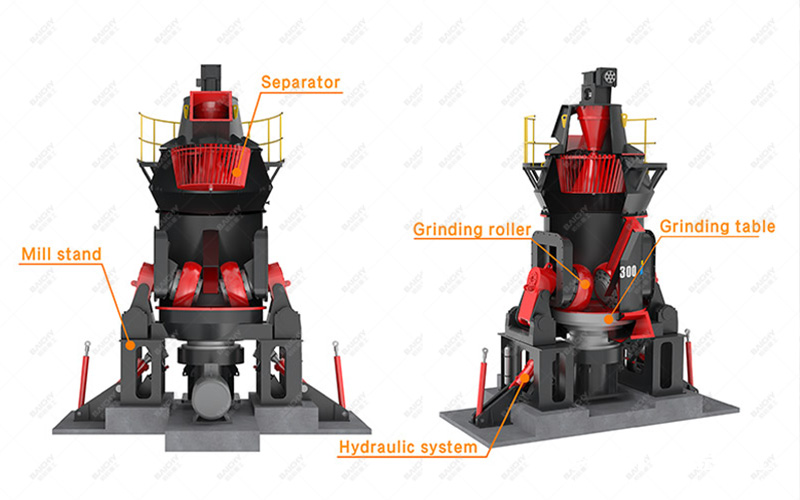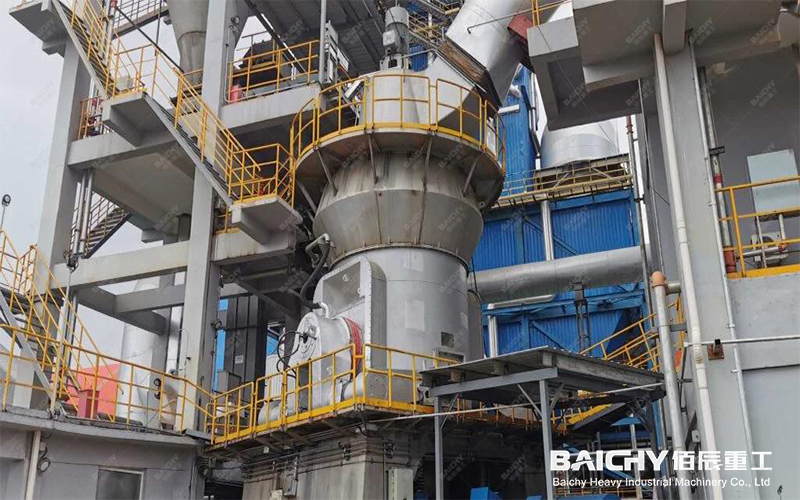
Cone crushersare core equipment in industries such as mining and building materials, and their stable operation directly affects production efficiency and safety. Routine pre-start checks are crucial for preventing malfunctions and extending equipment lifespan.
The following are key items that must be checked before starting a cone crusher to help you achieve safe and efficient production.
1. Lubrication System Inspection
• Oil Level and Quality: Confirm that the oil level in the tank is within the standard range and that the oil is clean and free of impurities to avoid wear and tear due to poor lubrication.
• Oil Circuit Unobstructed: Check for leaks in the oil pipes and ensure the oil pump is working properly, ensuring the lubrication system is free of blockages.
2. Fastening Component Inspection
• Bolt Connections: Focus on checking the bolts on key components such as the main unit base, liners, and pulleys for looseness, and tighten them promptly to prevent accidents during operation.
• Transmission Components: Confirm that the belt tension is appropriate and the coupling connection is reliable to avoid transmission problems affecting equipment stability.
3. Electrical System Inspection
• Power Supply and Wiring: Check whether the voltage is stable, whether the cables are damaged, and whether the grounding device is intact to ensure electrical safety.
• Control Instruments: Check the indicator lights, pressure gauges, temperature gauges, etc., on the control cabinet to ensure they are functioning properly and promptly eliminate any potential malfunctions.
4. Crushing Chamber and Liner Inspection
• Foreign Object Removal: Before starting the machine, thoroughly remove any residual ore or debris from the crushing chamber to prevent material jamming and equipment damage.
• Liner Wear: Observe the liner thickness. If the wear exceeds the limit, replace it promptly to ensure crushing efficiency and product particle size.
5. Hydraulic and Cooling System Inspection
• Hydraulic Pressure: Verify that the hydraulic system pressure is within the rated range. Improper adjustment may affect the overload protection function.
• Cooling Water Circulation: Confirm that the cooling water pipeline is unobstructed and the water temperature is normal to avoid performance degradation due to overheating.
6. Safety Protection Device Inspection
• Protective Cover Integrity: Check that the external protective cover of the equipment is secure to ensure that rotating parts are not exposed.
• Emergency Stop Button Test: Before starting the machine, test the sensitivity and reliability of the emergency stop device to provide emergency protection in case of unforeseen circumstances.

Symons Cone Crusher PDF, Download ↓↓↓
By conducting thorough pre-start checks each day, the failure rate of cone crushers can be significantly reduced, improving the equipment's continuous operation capability. It is recommended that operators establish inspection record sheets and receive regular maintenance training to truly implement the "prevention first" principle. Only by paying attention to every detail can the equipment create value for you for a long time!
Friendly reminder: Combining regular maintenance with an intelligent monitoring system can further optimize the entire lifecycle management of cone crushers. For specific operation manuals or troubleshooting solutions, please contact our professional technicians for assistance.











